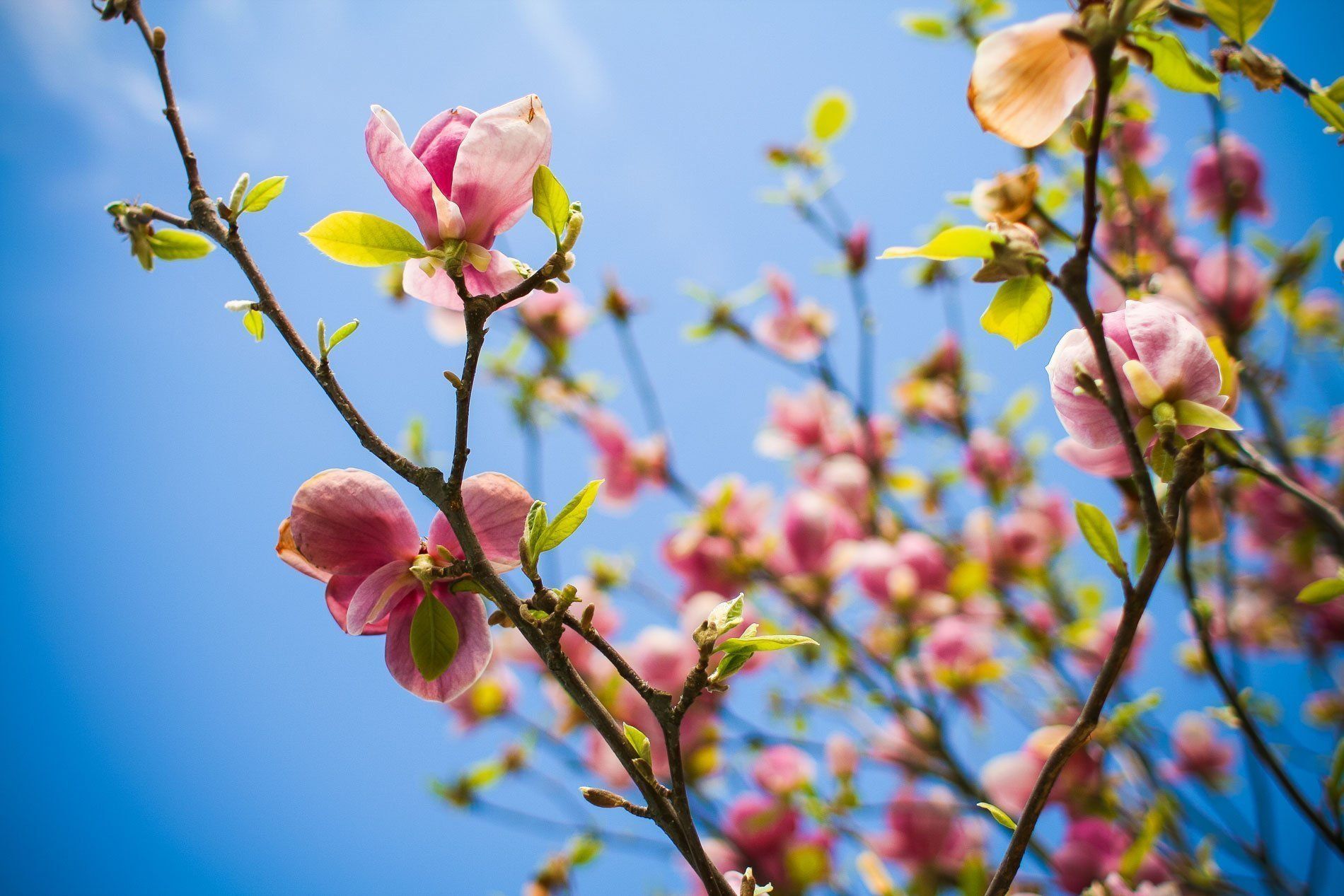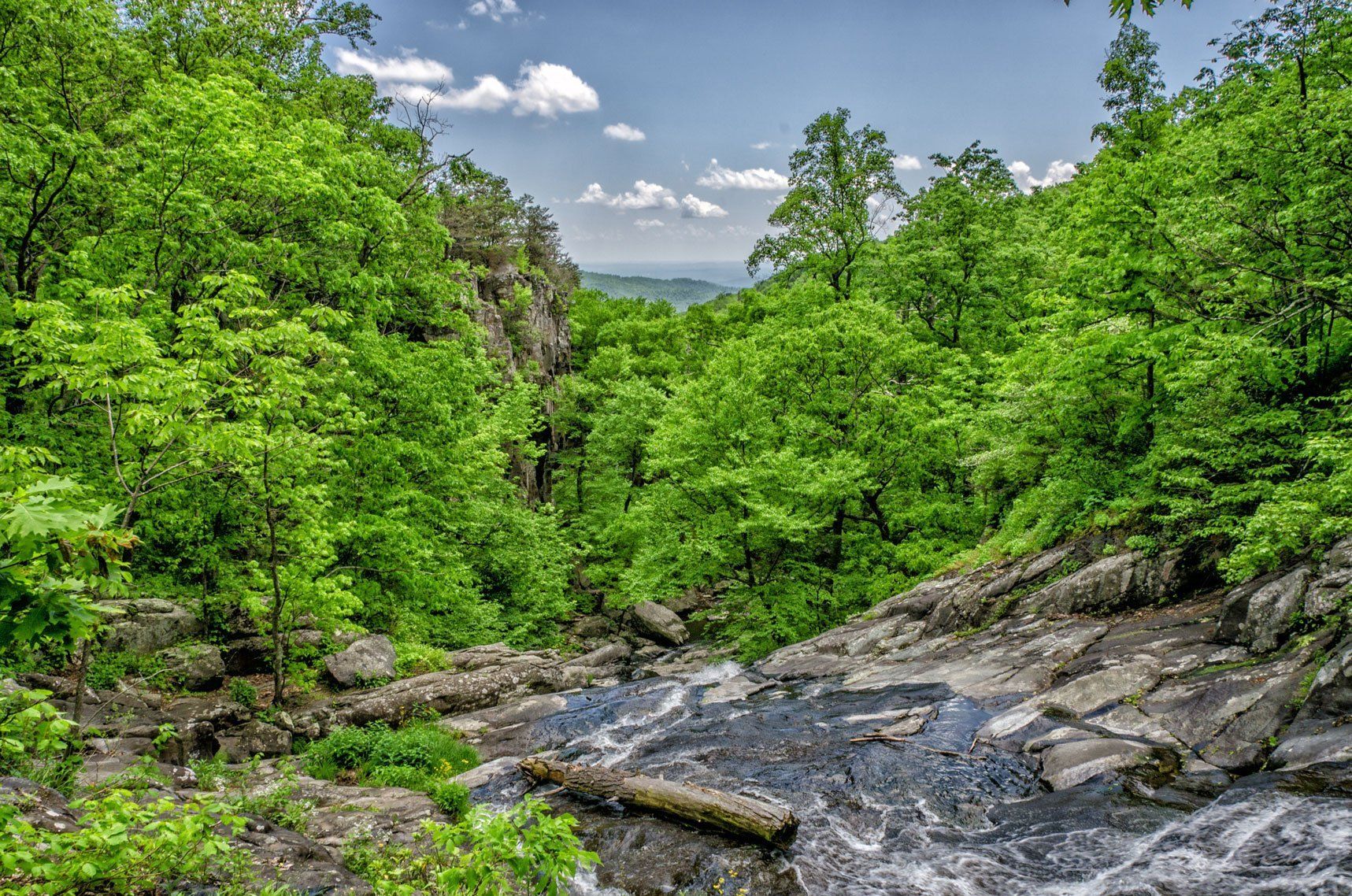The Ultimate Guide: Best Time to Trim Trees in North Carolina
The Ultimate Guide: Best Time to Trim Trees in North Carolina

Introduction:
Maintaining the health and appearance of trees is a crucial aspect of North Carolina's diverse landscaping. Knowing when to trim trees is essential for their optimal growth and longevity. In this extensive guide, we'll explore the factors influencing tree trimming schedules and offer insights into the best practices for various tree species in North Carolina's varied climate.
Factors Influencing Tree Trimming Timing:
- Tree Species:
- Different trees have distinct growth patterns and responses to pruning. Tailor your trimming schedule based on the specific needs of your trees.
- Climate Zones:
- Consider your location within North Carolina, where climates range from the coastal plain to mountainous regions. Temperature and growing seasons can differ significantly.
- Health of the Tree:
- Regularly inspect your trees to identify potential issues. Sick or damaged trees may require immediate attention, regardless of the season.
Best Time to Trim Deciduous Trees:
- Late Dormancy (Winter):
- Prune deciduous trees late in winter, just before spring growth. This minimizes stress during dormancy and encourages vigorous spring growth.
- After Leaf Expansion (Summer):
- For some deciduous trees, summer pruning after initial growth is beneficial. This helps shape the tree and remove unwanted branches.
Best Time to Trim Evergreen Trees:
- Early Growth (Spring):
- Trim evergreen trees in early spring to remove winter damage and shape the tree before the growth season.
- After Growth Slows (Late Summer):
- Consider late summer for light evergreen pruning, once vigorous growth slows. This maintains the desired shape without stimulating excessive new growth.
General Tree Trimming Tips:
- Avoid Extreme Temperatures:
- Refrain from pruning during winter or summer extremes to minimize tree stress. Aim for milder weather conditions.
- Use Proper Pruning Techniques:
- Employ correct cutting methods using sharp and sanitized tools to minimize damage and promote quick healing.
- Consult with Professionals:
- Seek advice from local arborists or tree care professionals when in doubt. They can provide tailored recommendations based on tree species and local conditions.
Conclusion:
In North Carolina, the optimal time for tree trimming varies based on factors such as species, climate, and tree health. Understanding these dynamics and following best practices ensures that your trees thrive, contributing to the beauty of your landscape. Regular tree maintenance enhances property aesthetics while promoting overall tree health and well-being.
You might also like
Book a Service Today
We will get back to you as soon as possible
Please try again later
All Rights Reserved | Company Name | Powered by Snapps


